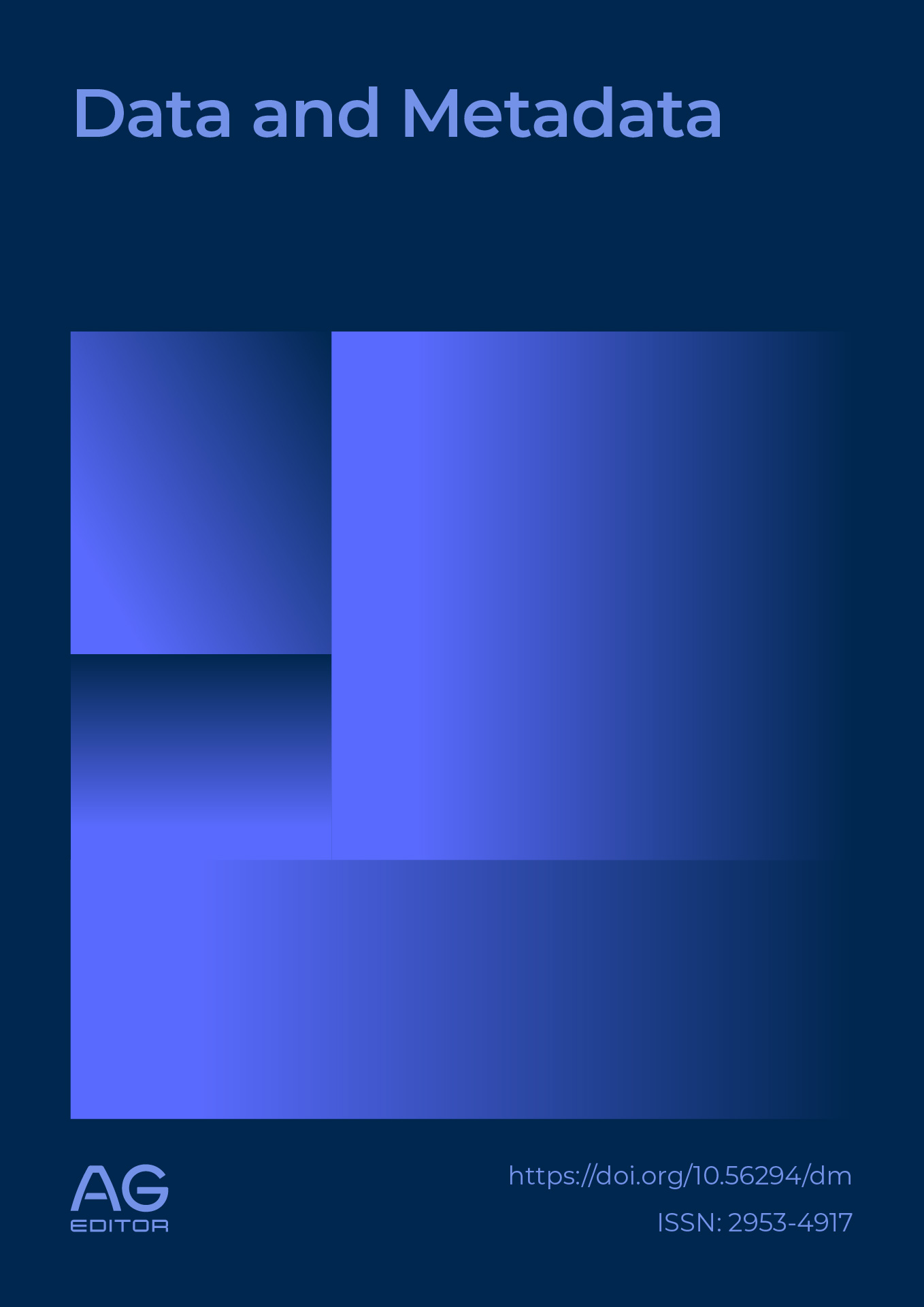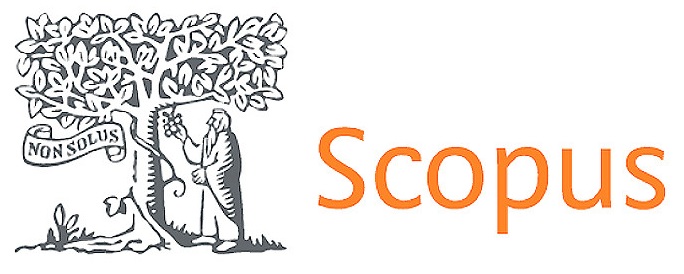Fusion enhancement and learning model for histopathological image analysis using learning approaches
DOI:
https://doi.org/10.56294/dm2025511Keywords:
histopathological images, prediction, cancer, deep learning, optimizationAbstract
Breast cancer is the most prevalent form of the disease and the primary cause of cancer-related deaths among women globally. Early detection plays a pivotal role in substantially diminishing both the morbidity and mortality rates associated with this disease in women. Consequently, the development of an automated diagnostic system holds promise in enhancing the precision of diagnoses. To automatically classify breast cancer microscopy images stained into two distinct classifications—normal tissue and benign lesions—this study introduces a graph-based convolutional neural network with hybrid optimization (G-CNN) that makes use of a dataset that was specially selected for this purpose. The network layer is capitalized in our suggested model to extract reliable and abstract information from input photos. Initially, we used 5-fold cross-validation (CV) to optimize the suggested model on the original dataset. Our framework demonstrated a 98% accuracy rate and a 0.969 kappa score. It also received an average AUC-ROC score of 0.998 and a mean AUC-PR value of 0.995. In specific terms, it displayed 96% and 99% sensitivity, respectively, about the supplied photographs. Examining normalized photos, the suggested architecture outperformed the other approaches in terms of colour normalization methodology performance. These findings underscore the superior performance of our proposed model compared to both the baseline approaches and established prevailing models using default settings. Furthermore, it becomes evident that while existing normalization techniques delivered competitive performance, they fell short of surpassing the results obtained from the original dataset
References
[1] Sung, H. et al. Global cancer statistics 2020: Globocan estimates of incidence and mortality worldwide for 36 cancers in 185 countries. CA Cancer J. Clin. 71, 209–249 (2021). DOI: https://doi.org/10.3322/caac.21660
[2] Elfgen, C. et al. Comparative analysis of confocal microscopy on fresh breast core needle biopsies and conventional histology. Diagnost. Pathol. 14, 1–8 (2019). DOI: https://doi.org/10.1186/s13000-019-0835-z
[3] Hameed, Z., Zahia, S., Garcia-Zapirain, B., Javier Aguirre, J. & María Vanegas, A. Breast cancer histopathology image classifcation using an ensemble of deep learning models. Sensors 20, 4373 (2020). DOI: https://doi.org/10.3390/s20164373
[4] Aresta, G. et al. Bach: Grand challenge on breast cancer histology images. Med. Image Anal. 56, 122–139 (2019)
[5] . Jiang, Y., Chen, L., Zhang, H. & Xiao, X. Breast cancer histopathological image classifcation using convolutional neural networks with small se-resnet module. PLoS ONE 14, e0214587 (2019) DOI: https://doi.org/10.1371/journal.pone.0214587
[6] Elmannai, H., Hamdi, M. & AlGarni, A. Deep learning models combining for breast cancer histopathology image classifcation. Int. J. Comput. Intell. Syst. 14, 1003–1013 (2021) DOI: https://doi.org/10.2991/ijcis.d.210301.002
[7] Sharma, S. & Kumar, S. Te xception model: A potential feature extractor in breast cancer histology images classifcation. ICT Express 8, 101–108 (2022). DOI: https://doi.org/10.1016/j.icte.2021.11.010
[8] Bianconi, F., Kather, J. N. & Reyes-Aldasoro, C. C. Experimental assessment of color deconvolution and color normalization for automated classifcation of histology images stained with hematoxylin and eosin. Cancers 12, 3337 (2020). DOI: https://doi.org/10.3390/cancers12113337
[9] Salvi, M., Acharya, U. R., Molinari, F. & Meiburger, K. M. Te impact of pre-and post-image processing techniques on deep learning frameworks: A comprehensive review for digital pathology image analysis. Comput. Biol. Med. 128, 104129 (2021). DOI: https://doi.org/10.1016/j.compbiomed.2020.104129
[10] Zhu, C. et al. Breast cancer histopathology image classifcation through assembling multiple compact cnns. BMC Med. Inform. Decis. Mak. 19, 1–17 (2019). DOI: https://doi.org/10.1186/s12911-019-0913-x
[11] Szegedy, C., Iofe, S., Vanhoucke, V. & Alemi, A. A. Inception-v4, inception-resnet and the impact of residual connections on learning. In Tirty-First AAAI Conference on Artifcial Intelligence (2017). DOI: https://doi.org/10.1609/aaai.v31i1.11231
[12] Hao, Y. et al. Breast cancer histopathological images classifcation based on deep semantic features and gray level co-occurrence matrix. PLoS ONE 17, e0267955 (2022). DOI: https://doi.org/10.1371/journal.pone.0267955
[13] Turgut S, Dağtekin M, Ensari T. Microarray breast cancer data classifcation using machine learning methods. In: 2018 electric electronics, computer science, biomedical engineerings’ meeting (EBBT). IEEE; 2018. p. 1–3. DOI: https://doi.org/10.1109/EBBT.2018.8391468
[14] Magna AAR, Allende-Cid H, Taramasco C, Becerra C, Figueroa RL. Application of machine learning and word embeddings in the classifcation of cancer diagnosis using patient anamnesis. IEEE Access. 2020;8:106198–213 DOI: https://doi.org/10.1109/ACCESS.2020.3000075
[15] Kayikci S, Khoshgoftaar T. A stack based multimodal machine learning model for breast cancer diagnosis. In: 2022 international congress on human–computer interaction, optimization and robotic applications (HORA). IEEE; 2022. p. 1–5. DOI: https://doi.org/10.1109/HORA55278.2022.9800004
[16] Kayikci S. A deep learning method for passing completely automated public turing test. In: 2018 3rd international conference on computer science and engineering (UBMK). IEEE; 2018. p. 41–44 DOI: https://doi.org/10.1109/UBMK.2018.8566318
[17] Abbasniya MR, Sheikholeslamzadeh SA, Nasiri H, Emami S (2022) Classifcation of breast tumors based on histopathology images using deep features and ensemble of gradient boosting methods. Comput Electr Eng 103:108382 DOI: https://doi.org/10.1016/j.compeleceng.2022.108382
[18] Barsha NA, Rahman A, Mahdy M (2021) Automated detection and grading of invasive ductal carcinoma breast cancer using ensemble of deep learning models. Comput Biol Med 139:104931. DOI: https://doi.org/10.1016/j.compbiomed.2021.104931
[19] Chen S, Wu J, Liu X (2021) EMORL: efective multi-objective reinforcement learning method for hyperparameter optimization. Eng Appl Artif Intell 104:104315. DOI: https://doi.org/10.1016/j.engappai.2021.104315
[20] Choudhary T, Mishra V, Goswami A, Sarangapani J (2021) A transfer learning with structured flter pruning approach for improved breast cancer classifcation on point-of-care devices. Comput Biol Med 134:104432. DOI: https://doi.org/10.1016/j.compbiomed.2021.104432
[21] Ezhilraman SV, Srinivasan S, Suseendran G (2019) Breast cancer detection using gradient boost ensemble decision tree classifer. Int J Eng Adv Technol 9(2):2169–2173 DOI: https://doi.org/10.35940/ijeat.B3664.129219
[22] Fondón I, Sarmiento A, García AI, Silvestre M, Eloy C, Polónia A, Aguiar P (2018) Automatic classifcation of tissue malignancy for breast carcinoma diagnosis. Comput Biol Med 96:41–51. DOI: https://doi.org/10.1016/j.compbiomed.2018.03.003
[23] Goel T, Murugan R, Mirjalili S, Chakrabartty DK (2022) Multicovid-net: multi-objective optimized network for covid-19 diagnosis from chest x-ray images. Appl Soft Comput 115:108250. DOI: https://doi.org/10.1016/j.asoc.2021.108250
[24] Liew XY, Hameed N, Clos J (2021) An investigation of XGBoostbased algorithm for breast cancer classifcation. Mach Learn Appl 6:100154 DOI: https://doi.org/10.1016/j.mlwa.2021.100154
[25] Mostafa SS, Mendonca F, Ravelo-Garcia AG, Juliá-Serdá GG, Morgado-Dias F (2020) Multi-objective hyperparameter optimization of convolutional neural network for obstructive sleep apnea detection. IEEE Access 8:129586–12959 DOI: https://doi.org/10.1109/ACCESS.2020.3009149
[26] Ozaki Y, Tanigaki Y, Watanabe S, Nomura M, Onishi M (2022) Multiobjective tree-structured Parzen estimator. J Artif Intell Res 73:1209–1250 DOI: https://doi.org/10.1613/jair.1.13188
[27] Spanhol FA, Oliveira LS, Petitjean C, Heutte L (2015) A dataset for breast cancer histopathological image classifcation. IEEE Trans Biomed Eng 637:1455–1462 DOI: https://doi.org/10.1109/TBME.2015.2496264
[28] Aresta, G., Araújo, T., Kwok, S., Chennamsetty, S.S., Safwan, M., Alex, V., Marami, B., Prastawa, M., Chan, M., Donovan, M., et al.: BACH: Grand challenge on breast cancer histology images. Medical Image Analysis 56, 122–139 (2019) DOI: https://doi.org/10.1016/j.media.2019.05.010
[29] He, L., Long, L.R., Antani, S., Thoma, G.R.: Histology image analysis for carcinoma detection and grading. Computer Methods and Programs in Biomedicine 107(3), 538–556 (2012) DOI: https://doi.org/10.1016/j.cmpb.2011.12.007
[30] Holzinger, A., Goebel, R., Mengel, M., Müller, H.: Artifcial Intelligence and Machine Learning for Digital Pathology: State-of-theart and Future Challenges, vol. 12090. Springer Nature (2020) DOI: https://doi.org/10.1007/978-3-030-50402-1
[31] Aksac, A., Demetrick, D.J., Ozyer, T., Alhajj, R.: BreCaHAD: a dataset for breast cancer histopathological annotation and diagnosis. BMC Research Notes 12(1), 1–3 (2 DOI: https://doi.org/10.1186/s13104-019-4121-7
[32] Janowczyk, A., Madabhushi, A.: Deep learning for digital pathology image analysis: A comprehensive tutorial with selected use cases. Journal of Pathology Informatics 7 (2016) DOI: https://doi.org/10.4103/2153-3539.186902
[33] Litjens, G., Kooi, T., Bejnordi, B.E., Setio, A.A.A., Ciompi, F., Ghafoorian, M., Van Der Laak, J.A., Van Ginneken, B., Sánchez, C.I.: A survey on deep learning in medical image analysis. Medical Image Analysis 42, 60–88 (2017) DOI: https://doi.org/10.1016/j.media.2017.07.005
[34] Steiner, D.F., MacDonald, R., Liu, Y., Truszkowski, P., Hipp, J.D., Gammage, C., Thng, F., Peng, L., Stumpe, M.C.: Impact of deep learning assistance on the histopathologic review of lymph nodes for metastatic breast cancer. The American Journal of Surgical Pathology 42(12), 1636 (2018) DOI: https://doi.org/10.1097/PAS.0000000000001151
[35] Chugh, G., Kumar, S., Singh, N.: Survey on machine learning and deep learning applications in breast cancer diagnosis. Cognitive Computation pp. 1–20 (2021)
[36] Tosta, T.A.A., de Faria, P.R., Neves, L.A., do Nascimento, M.Z.: Computational normalization of h&e-stained histological images: Progress, challenges and future potential. Artifcial Intelligence in Medicine 95, 118–132 (2019) DOI: https://doi.org/10.1016/j.artmed.2018.10.004
[37] Roy, S., Lal, S., Kini, J.R.: Novel color normalization method for Hematoxylin & Eosin stained histopathology images. IEEE Access 7, 28982–28998 (2019) DOI: https://doi.org/10.1109/ACCESS.2019.2894791
[38] Tosta, T.A.A., de Faria, P.R., Neves, L.A., do Nascimento, M.Z.: Color normalization of faded H&E-stained histological images using spectral matching. Computers in Biology and Medicine 111, 103344 (2019) DOI: https://doi.org/10.1016/j.compbiomed.2019.103344
[39] Bukenya, F.: A hybrid approach for stain normalisation in digital histopathological images. Multimedia Tools and Applications 79(3), 2339–2362 (2020) DOI: https://doi.org/10.1007/s11042-019-08262-0
[40] Zanjani, F.G., Zinger, S., Bejnordi, B.E., van der Laak, J.A., de With, P.H.: Stain normalization of histopathology images using generative adversarial networks. In: 2018 IEEE 15th International Symposium on Biomedical Imaging (ISBI 2018). pp. 573–577. IEEE (2018) DOI: https://doi.org/10.1109/ISBI.2018.8363641
Downloads
Published
Issue
Section
License
Copyright (c) 2025 N Hari Babu, Vamsidhar Enireddy (Author)

This work is licensed under a Creative Commons Attribution 4.0 International License.
The article is distributed under the Creative Commons Attribution 4.0 License. Unless otherwise stated, associated published material is distributed under the same licence.




